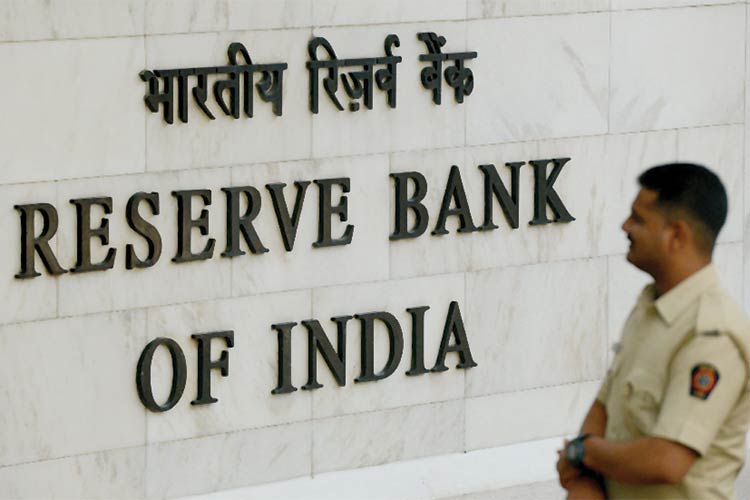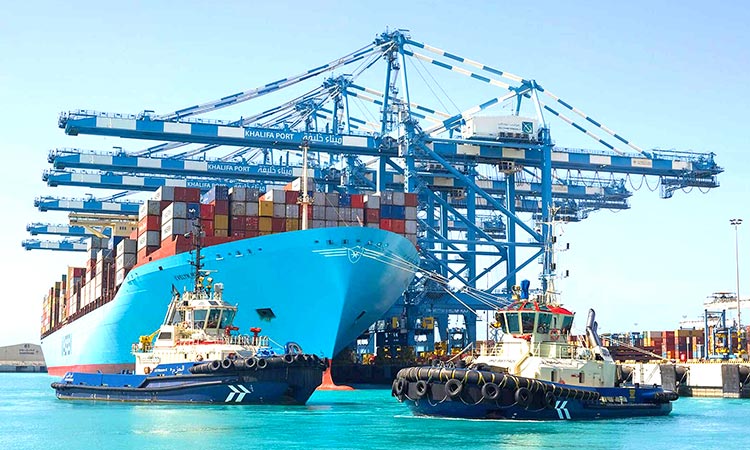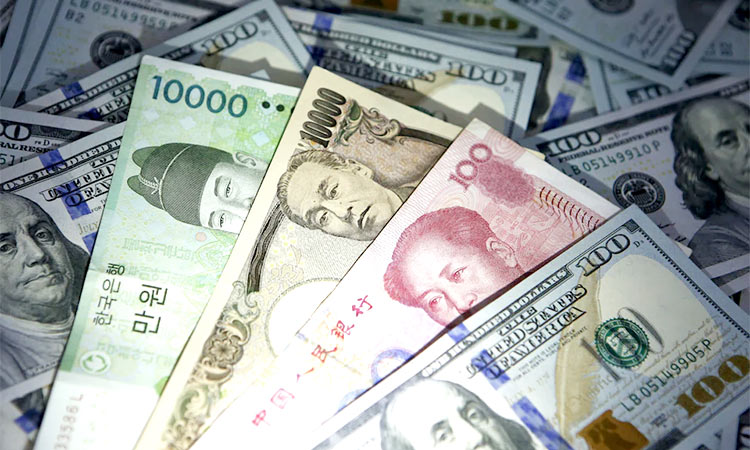India’s foreign exchange reserves at $401.78 billion

An Indian policeman walks through the RBI head office in Mumbai. Agence France-Presse
India’s foreign exchange reserves stood at $401.78 billion as against $393.13 billion in November last year. As the data suggests, with improving macros, the forex is already on the recovery path.
“Inflows into India have clearly turned positive since the end of January. The flows in February at Rs 17,720 crore is the highest since November 2017. The trigger for this inflows is the dovish statement that came from the Fed at the end of January,” said V.K. Vijayakumar, Chief Investment Strategist at Geojit Financial Services.
Putting a number to this, Gurang Somaiya, currency analyst at Motilal Oswal, said: “It is possible that RBI may limit some of the appreciation and recoup some of its lost reserves... but it may only come if the rupee strengthens to around Rs 68.20 a dollar.”
Explaining the factors at play, Anindya Banerjee, Deputy Vice President for Currency and Interest Rates with Kotak Securities, said: “Post-Abhinandan (shooting down of the IAF pilot), geopolitical risk has subsided which has boosted investor sentiments.”
Banerjee added that the gains of the rupee will help the Reserve Bank of India recoup reserves which it lost last year in a bid to arrest its fall.
“The rupee appreciated and closed at 70.14 for the last week on the back of strong flows and fading impact of war hysteria,” said Sajal Gupta, Head Forex and Rates, Edelweiss Securities.
In addition, Gupta said that some “big flows are lined up next week. Maybe Arcelor Mittal money can hit the Indian markets which can lead to some more appreciation towards 69.50 unless the RBI intervenes”.
However, the rising dollar index is causing nervousness and any breakout may lead to a reversal in the rupee’s trend, said Gupta. Somaiya said that RBI may choose not to intervene as the central bank’s prime aim was to arrest volatility.
“Yes the rupee is inching below the 70-a-dollar mark but then the (general) election can cause massive volatility. Also, it is seen that a lot of central banks are getting into a dovish stance owing to the fears of global slowdown.”
The RBI had to stop the slump in the rupee late last year after it touched an all-time high of 74.47 on October 11 following the rising crude oil prices.
The Brent Crude touched $86-a-barrel mark in early October but started to ease following the US decision to exempt 8 countries, including India and China, to continue buying oil for six months from Iran despite sanctions.
The decline in crude oil, which accounts for a large import bill for India, directly affects the exchange rates.
A major factor supporting the rupee is the strong prospect of better fund flows from abroad.
Meanwhile the Reserve Bank of India’s (RBI’s) decision to cut lending rates goes beyond lowering the rates and gives a broad message that would impact the economy as a whole, says Economic Affairs Secretary Subhash Chandra Garg. “As far as the impact is concerned, these rate decisions play into the economy in a very serious manner. It’s not just that there would be some reduction in loan rates or something. But it gives a very clear stance,” Garg told IANS in an interview last week.
He said the reduction in interest rates for loans would just be the immediate effect of the RBI’s decision and more symptomatic. However, the decision itself gives a broad message to the economy that the lower interest rates are justified.
The Reserve Bank of India (RBI) cut its key lending rate to commercial banks by 25 basis points to 6.25 per cent on Thursday. It is the first cut in one and a half years. The RBI also changed its stance from ‘calibrated tightening’ to ‘neutral’.
The RBI’s move is designed to ease the liquidity crunch, which had become a bone of contention between the government and the central bank earlier. Incumbent Shaktikanta Das replaced Urjit Patel as RBI Governor last December. Das presided over his first Monetary Policy Committee (MPC) meeting that brought in the rate cut. “All the economic operators, borrowers, lenders take (RBI rate cut) into account, they reassess their costs. So, it plays into it. There are different transmission channels through which the monetary policy is passed on. This is more important,” Garg said.
He said the monetary policy affects the government borrowing rates, bond rates and plays into other implications like investments made by public and private sectors. “Investment decisions are to some extent affected by the interest rates prevalent in the economy. Logically in a lower interest rate situation the investment should go up. However, there are many other factors and it is not one exclusive factor,” he said. As for the sudden rate cut despite the RBI keeping the ‘calibrated tightening’ stance, which indicates the possibility of a rate hike, Garg said the bank may have named it ‘calibrated tightening’ but their thought in the details reflected more of a ‘neutral’ stance.
Indo-Asian News Service



